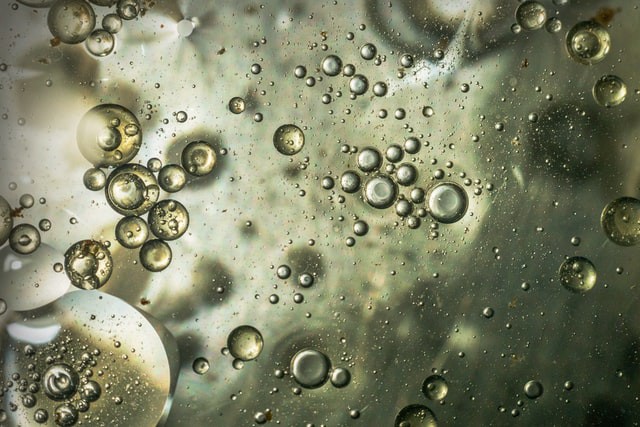It may be incremental change, but it is progress.
As 2021 ends, the European Union is pushing for tighter controls on PFAS in the new year. Despite pushback from a number of industries, the measure is expected to limit how and where PFAS are used.
Creating restrictions can be costly and time-consuming. There are also many variations of the chemical, which includes nearly 5,000 man-made chemical compounds that are used in industries ranging from apparel to cookware to food packaging.
In addition to products currently on the market, PFAS have been found in contaminated soil and water. Many PFAS clusters are focused around either industrial manufacturing sites or areas that have been exposed to firefighting foams dating back several decades.
While the European Chemical Agency is expected to ban the use of PFAS in certain products, including problematic firefighting foams, the goals in 2022 are much more ambitious. Spearheaded by representatives from Germany, Sweden, Denmark, Norway, and the Netherlands, another proposal will call for the effective ban of PFAS in any amount and in all products by 2025. That proposal is expected to be submitted by the summer of 2022.
On-Going Legal Battles
At the same time, industry lawyers have been in the European courts to find support for GenX chemicals. These chemicals, billed as replacements to PFAS, may be even more toxic than the PFAS chemicals they replace. GenX chemicals have been labeled as “substances of very high concern”, but even that ruling is facing appeal.
In Europe, health experts put the price tag of health-related costs linked to PFAS are now between 52 billion and 84 billion Euros. There are more than 100,000 industrial sites that use PFAS dotted across Europe.
The Impact of PFAS Bans In Europe Will Push The US To Act
Europe has been a stronger and more active home for the fight against PFAS, but it’s important to remember that the companies using these chemicals sell products across the globe. Victories in restricting or banning PFAS in Europe will accelerate success in the United States and other parts of the world. By limiting where products that use PFAS as sold, will also push companies like Chemours to invest in finding replacements for PFAS and offering healthier, safer, and more environmentally friendly options.
Learn more about PFAS at LessCancer.org.
Europe Could Ban PFAS By 2025 was originally published in Less Cancer Journal on Medium, where people are continuing the conversation by highlighting and responding to this story.


Leave A Comment
You must be logged in to post a comment.